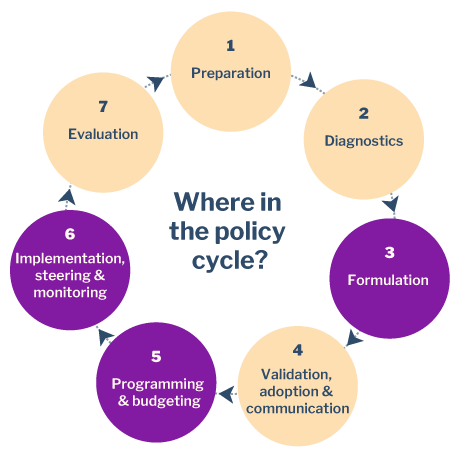Nudging technique: Reframing
The context
Only 8% of UK engineers are women, and this inequality is echoed globally. With such high demand for engineers worldwide, we need to attract the best candidates from both genders to the industry. However, cultural bias in many countries instills the stereotype that engineering is a male domain. Some universities in the UK have designed a solution that nudges women toward engineering by working around an implicit bias some women experience when they choose courses as teenagers. These universities have dropped physics and maths A-levels (university entrance exams, requiring 2 years of high school courses) as a prerequisite for engineering tracks.
Changing the requirements for pursuing studies and a career in engineering reframes the profession as less competitive and restrictive, which is more likely to attract girls. It has been proven that men are less likely than women to be turned off by competitive environments, where a high quantitative score determines your success.
Where in the policy cycle can this approach be used?

Potential for change
This example shows us that by considering what may attract women or men to a career track, and what might turn them off (in the example A-level prerequisites in maths and physics), we can drastically enlarge and diversify the pool of people that apply for a job. By removing a prerequisite with an identified connection to a gendered barrier, we appeal to women more than before. This structural “reframing” example likely works in complement to other reframing examples around expressing or describing a behaviour or career option. (See also: #thisiswhatadoctorlookslike and Gendered job announcement language). For a gender-driven structural reframing nudge like this to work, we need a precise diagnosis of what indirect barriers either gender perceives (i.e. removing an ineffective barrier is unlikely to overcome social stigma).
This nudge can be effective across a wide variety of contexts, as long as we have a deep understanding of what the barriers in that context are. Whether it’s encouraging more girls to enter engineering in the UK, or encouraging more women to join construction teams in developing countries, the nudge lies in reframing the inherent stereotypes and barriers surrounding the work.
Sources
Bohnet, I. (2016). What Works, Gender Equality by Design. Cambridge, Massachusetts: The Belknap Press of Harvard University Press.
Goodrich, P. (2016) The engineering gap ![]() .
.
Gneezy, U., Niederle, M. and Vesterlund, L. (2007) Do Women Shy Away from Competition? Do Men Compete Too Much? ![]() Quarterly journal of Economics 122(2007):1067-1101.
Quarterly journal of Economics 122(2007):1067-1101.
